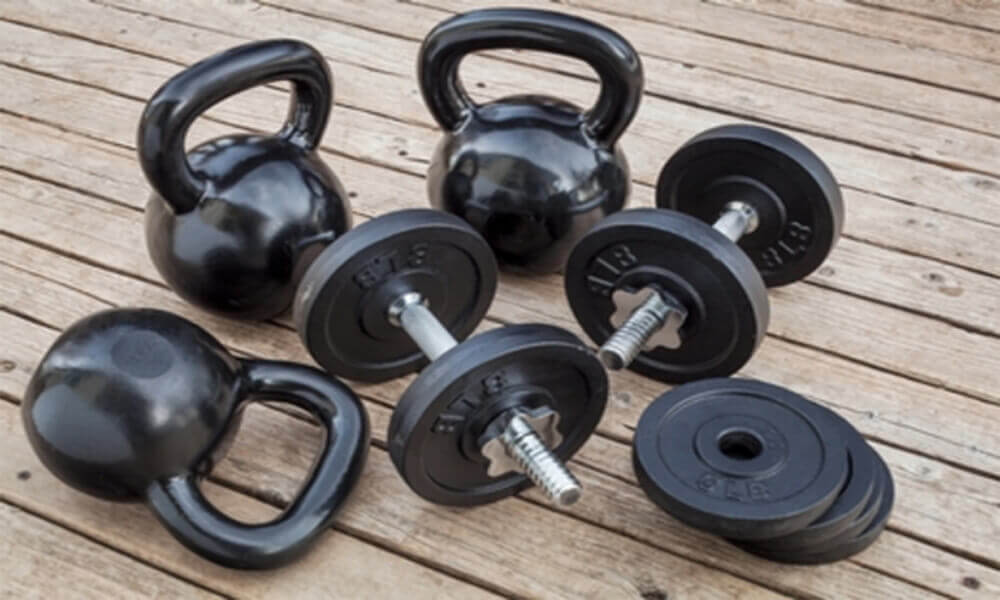The various “bells” we see at the Cross fit Boxes/Gym/Club today—dumbbells, barbells, kettle bells—are inspired by actual bells, Yes, they are made of heavy metal and can be swung like a bell, but they can also be traced back to a fitness craze of the 1700s involving an artificial church bell.
Have you ever tried to ring a giant medieval church bell? They are heavy! Ringing one not only requires general upper body strength, but also coordinated control of that strength. How does one develop that strength and control? Practicing on the bells for a few hours a day? Your village may not enjoy that. That’s why the dumb bell—a contraption that mimicked the weight and motion of bell ringing but produced no sound—was invented. It looked something like this
There was apparently a more portable version of this apparatus, used for home exercise. The first citation for “dumb-bell” in the OED, from 1711, states: “I exercise myself an Hour every Morning upon a dumb Bell, that is placed in a corner of my room…My Landlady and her daughters…never come into my room to disturb me while I am ringing.” When Ben Franklin mentioned the dumb bell in 1774 as a type of “compendious exercise” which he used to keep fit, it is unclear what sort of equipment he was referring to—it may have looked more like a hand-held bell without a clapper or a modern dumbbell. In any case, by the 19th century the dumbbell as we know it, looking very little like a bell, had become the standard. The names for the barbell and kettle bell, formed on analogy, came later.
Will the bell-ringing workout come back? In the past few years, the benefits of bell ringing have gotten some fresh attention. Not only are experts recommending an exercise called the Bell Tower Crunch, but you can try a bell ringing fitness class, or even buy your own old school dumbbell for home use.

